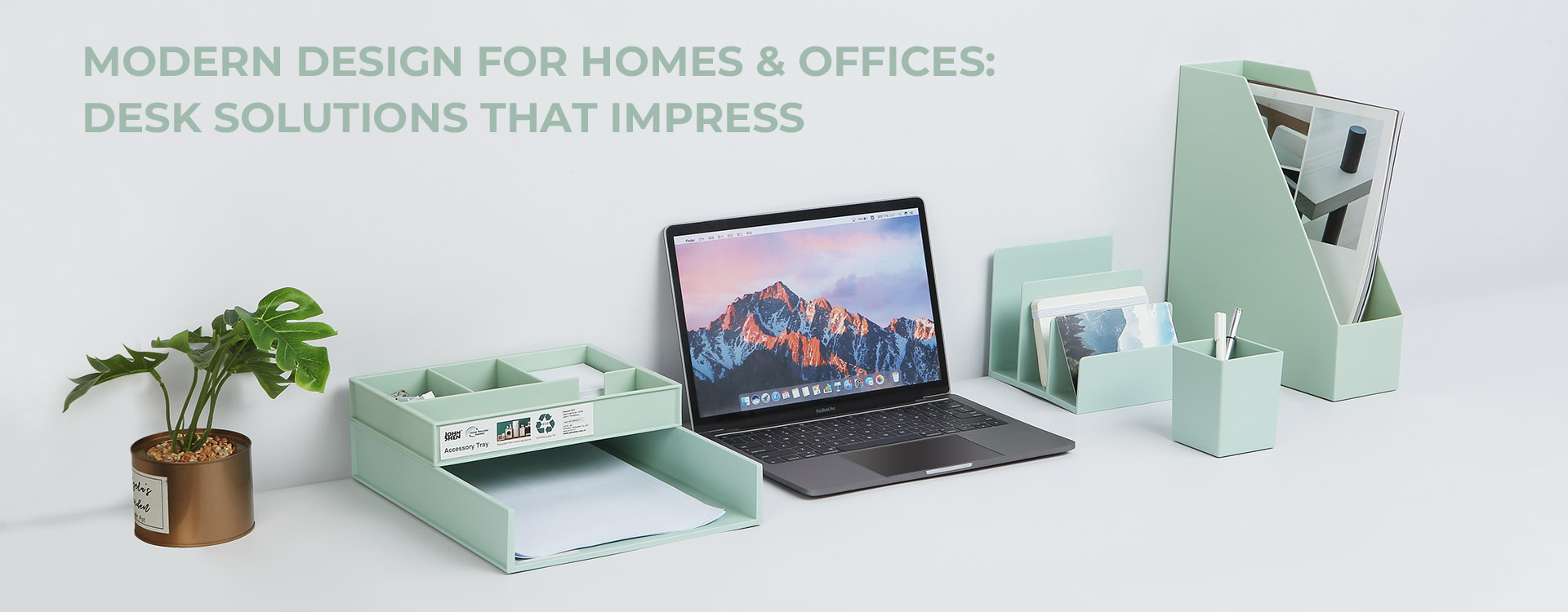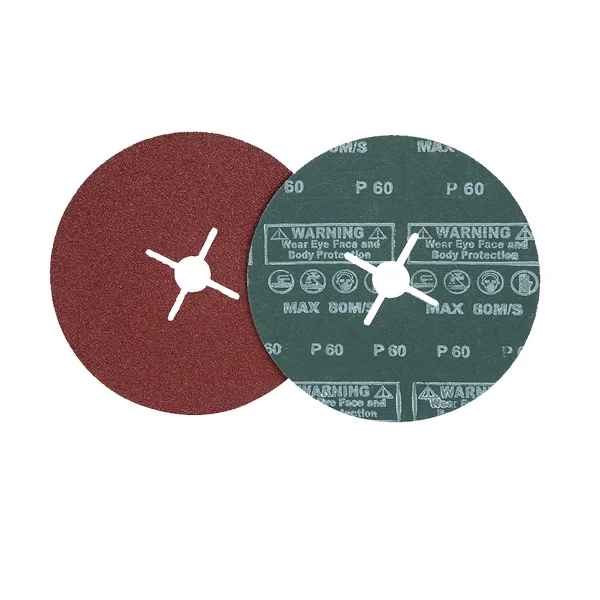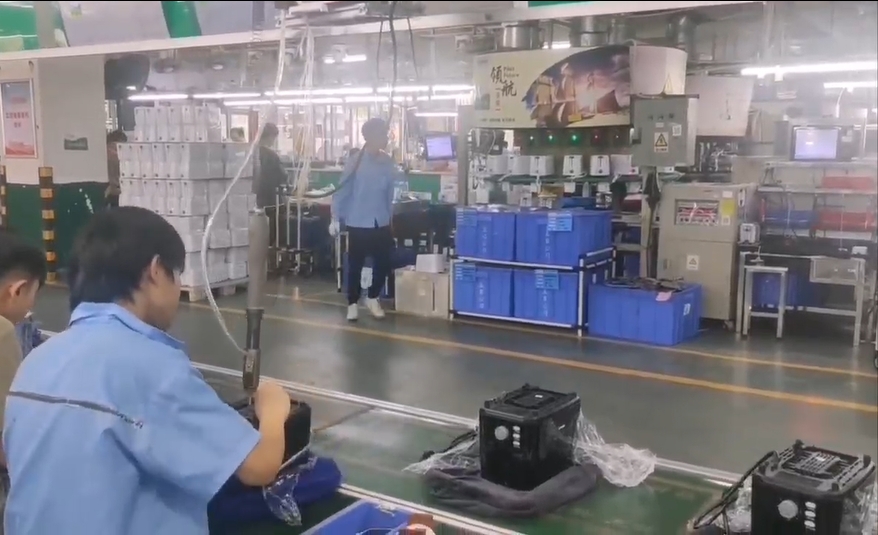In the fast-paced world of study and work, a neat and organized study desk not only brings joy but also significantly improves learning and work efficiency. However, stationery storage, a key factor in creating a tidy desk, is often overlooked. Whether you're a student or a professional, properly organizing and storing your stationery is the first step to improving concentration and creativity. This article will comprehensively analyze how to create an efficient and beautiful study space through stationery storage, including its importance, common types of stationery, scientific storage methods, and personalized arrangement suggestions.
1. Why is stationery storage important?
Many people believe that simply placing stationery like pens, rulers, and erasers on their desks for easy access is sufficient. In reality, a chronically cluttered desk not only wastes time but also subtly affects your mindset and productivity.
Improve concentration and efficiency: When you spend minutes searching for a pen or struggling to find a notepad to jot down an idea while studying, these minor interruptions can disrupt your train of thought and reduce your focus. An organized storage system allows you to quickly find the stationery you need, helping you maintain your productivity. Create a positive learning atmosphere: A tidy desk creates a visually appealing effect, naturally motivating people to study. Especially for children, a positive learning environment fosters self-discipline and organizational skills.
Prolong the lifespan of stationery: Stationery stacked carelessly can easily become damp, deformed, or damaged. For example, pen refills can leak ink if dropped, or glue can dry out and become ineffective. Proper storage can prevent waste and damage, saving unnecessary expenses.
2. Common Stationery Storage Types
There are many ways to store stationery, and you can choose based on space availability, frequency of use, and personal preferences. The following are some of the most common and practical storage types.
Desktop Storage Boxes/Racks: Desktop storage boxes are a basic storage tool. They typically feature multiple layers or compartments, allowing for categorized storage of commonly used items such as pens, sticky notes, glue, and paper clips. For students, boxes with drawers are more convenient and allow for effective separation of stationery types.
Pen Holders and Multi-Purpose Pen Stands: Pen holders are essential stationery storage items on almost every study desk. Traditional single-layer pen holders are suitable for everyday pens, but the increasingly popular multifunctional pen holders offer more than just pen storage; they also come with a small drawer, phone holder, and even a USB port, combining practicality with a sense of technology.
Drawer Divider Storage: For desks with built-in drawers, use drawer dividers for categorization. Organizing small stationery items like refills, tape, erasers, and clips in separate compartments significantly improves space utilization.
Hanging Storage Bags/Wall Mounts: For desks with limited space, the wall offers an often-overlooked storage space. Hanging storage bags or wall mounts can be used to store documents, scissors, tape, and other items, keeping the desk clean and tidy.
Portable Pencil Cases: For students or designers who frequently carry stationery, portable pencil cases are particularly important. A variety of innovative designs are available, including folding, vertical, and expandable models, making them both portable and easily usable on the desktop.

3. Scientific Stationery Storage Methods
Storage is more than just putting things in; it's the science of organization. To keep your desk both tidy and efficient, master the following practical tips.
Zone items by frequency of use
High-frequency use areas: For example, frequently used items like pens, notebooks, sticky notes, and scissors should be kept within easy reach.
Medium-frequency use areas: For example, staplers, rulers, and spare refills can be placed in drawers or corner organizers.
Low-frequency use areas: For example, spare documents and sealed materials can be placed in cabinets or high-level storage boxes.
Establish a fixed storage system
Each stationery item should have its own "home" and be returned promptly after use. Label your storage boxes, such as "Pens," "Sticky Notes," and "Glue Area," to clearly identify items and avoid clutter.
Utilize vertical space
When desk space is limited, consider expanding your space "upwards." Use multi-tiered storage racks or hanging file folders to organize books, documents, and stationery into three-dimensional layers, creating a more organized and space-saving look. Maintain a regular cleaning habit.
It's recommended to perform a weekly "desk checkup" to remove unused stationery, discarded pens, used glue, and other items. The accumulation of unused items over time is the primary cause of desk clutter.
4. Storage Strategies for Different Groups
Different students and workers have different needs for stationery storage. An appropriate storage solution should be tailored to each individual.
Students: Prioritize Learning Efficiency
For students, convenience and focus are paramount. We recommend choosing multi-compartment storage boxes and a labeling system to categorize notebooks, draft books, and stationery for different subjects. Use color coding (e.g., blue for math, red for Chinese) to facilitate quick identification.
Office Workers: Balance Neatness and Aesthetics
Desktops often have limited space and are often filled with documents and electronic devices. Choose a minimalist desktop organizer, paired with a pen holder and file stand, for a clean, uncluttered look. Furthermore, hidden storage boxes can help keep electrical cords and cables organized. Designers/journalists: Combining creativity and practicality
This demographic uses a wide variety of stationery, such as colored pencils, stickers, stamps, and tape. It's recommended to use tiered, transparent drawers or storage cabinets to organize stationery by function or color. Open display storage allows for both aesthetically pleasing and easily accessible creative stationery.
5. Summary
Stationery storage, while seemingly insignificant, is a hidden advantage for improving study and work efficiency. Through scientific classification, rational placement, and consistent organizational habits, we can not only refresh our desks but also enhance clarity of thought and efficiency. A clean and organized study desk is a reflection of self-discipline and a commitment to quality of life.
Whether you're a student, office worker, or freelance creative, start today by reorganizing your stationery storage and make it a source of inspiration and productivity.
As a professional supplier of stationery and office supplies, Johnshen is committed to providing consumers with high-quality, practical, and aesthetically pleasing stationery storage solutions. We understand that a good storage system is not only crucial for a tidy desk, but also for focused learning and work efficiency. In the future, Johnshen will continue to launch stationery products that combine design and functionality, allowing every user to unleash their creativity and passion for learning in a tidy space.
www.johnshenstationery.com
johnshenstationery



